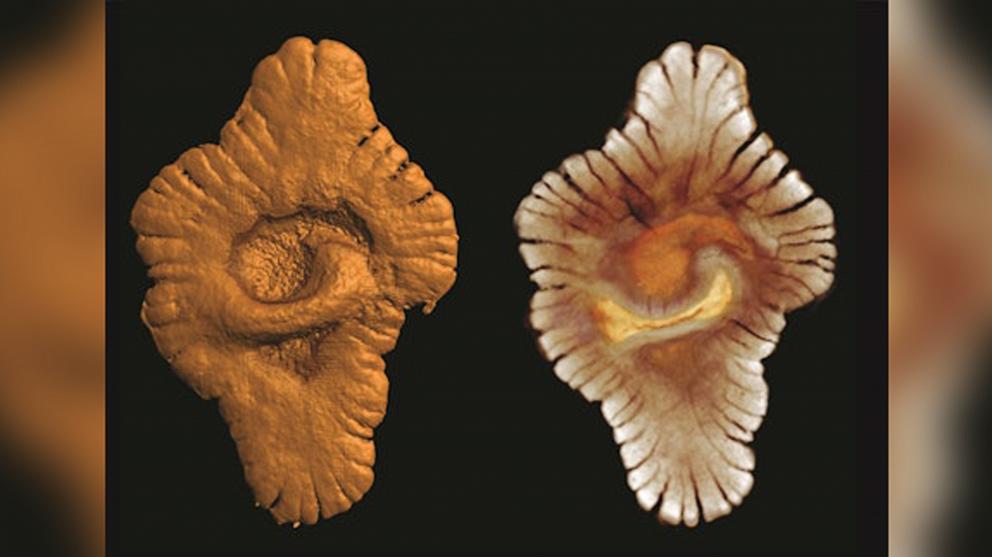Evidence was found in marine sedimentary rocks near Gabon in Central Africa.
An international team of researchers has published findings that challenge the long-held belief that complex life first appeared on Earth 635 million years ago, suggesting that life may have existed more than a billion years earlier.
In a published study, Precambrian Studies In a study conducted by scientists at Cardiff University in Wales on Monday, researchers found environmental evidence that suggests complex life existed 1.5 billion years earlier than previously thought, but failed to “spread” across the planet.
According to the study authors, this evidence may suggest a “two-stage” evolution towards complex life on Earth.
The evidence was found in marine sedimentary rocks in the Franceville Basin, near Gabon in Central Africa, where two Precambrian continents, or cratons, collided 2.1 billion years ago, triggering undersea volcanism, according to the study.
“The availability of phosphorus in the environment is thought to have been a key factor in the evolution of life on Earth, particularly the transition from simple single-celled organisms to complex organisms such as animals and plants,” said Dr Ernest Chi-Ful, lead author of the study from Cardiff University’s School of Earth and Environmental Sciences. press release Monday.
The two Precambrian cratons examined in the study are the Congo and São Francisco cratons, which were stable Archean land masses that were once part of a single landmass in central Africa and eastern Brazil, Full said.
“We believe that after the Congo and San Francisco cratons collided and sutured together, undersea volcanoes further restricted water in this region and even cut it off from the global oceans, creating a nutrient-rich shallow inland marine sea,” Fuller said in a press release.
The researchers believe that undersea volcanic environments paved the way for “cyanobacterial photosynthesis,” which in turn “generated massive food resources” and enabled the formation of complex life.
Fossils of large creatures from this period have been a subject of debate in the scientific community, Fuller said, but he thinks the findings may answer questions about their origins.
“This would have provided enough energy to fuel the increased body size and more complex behaviors seen in the primitive, simple animal-like life forms found in fossils from this period,” Fuller said.
However, the study says that the “restricted nature” of this complex life form in underwater regions prevented it from spreading worldwide, and it eventually became extinct.
“While the first attempt was unsuccessful, the second attempt produced the diversity of animals found on Earth today,” Fuller said.


